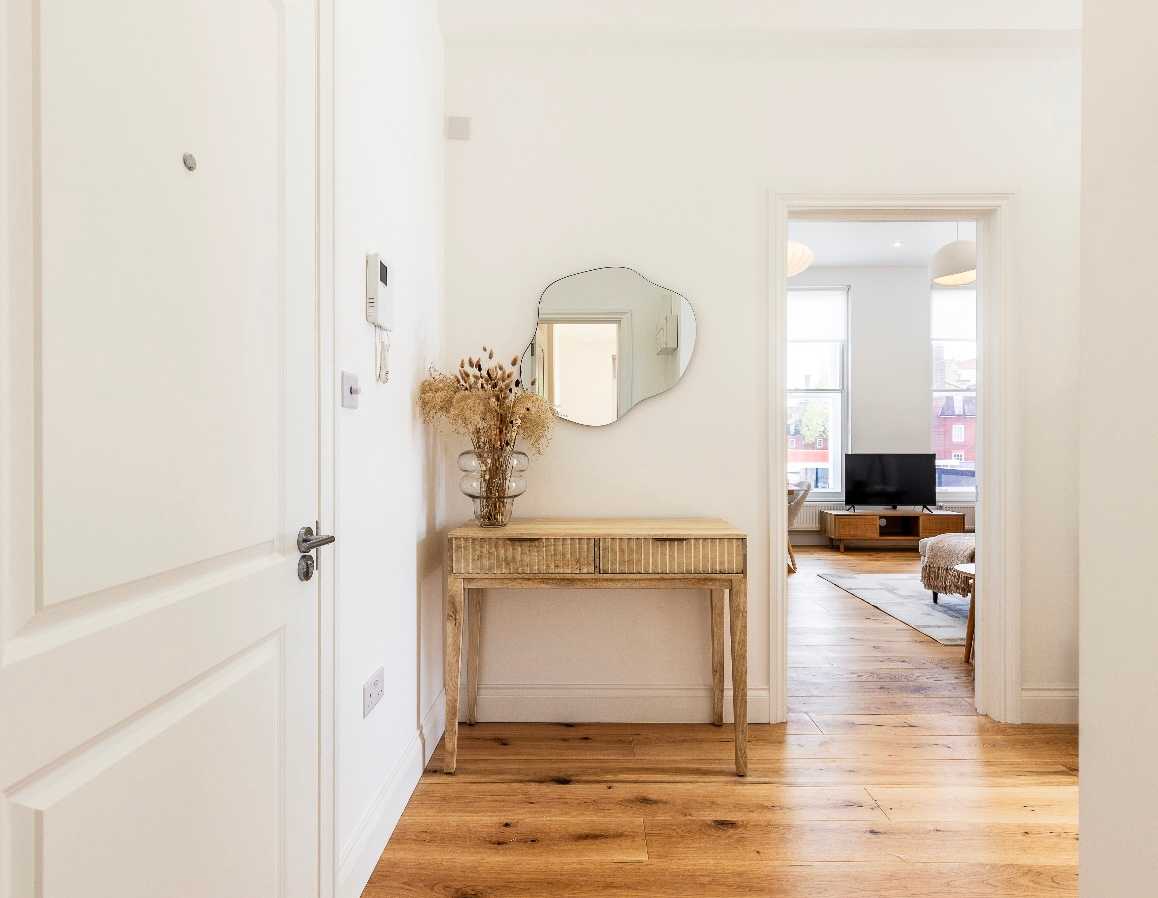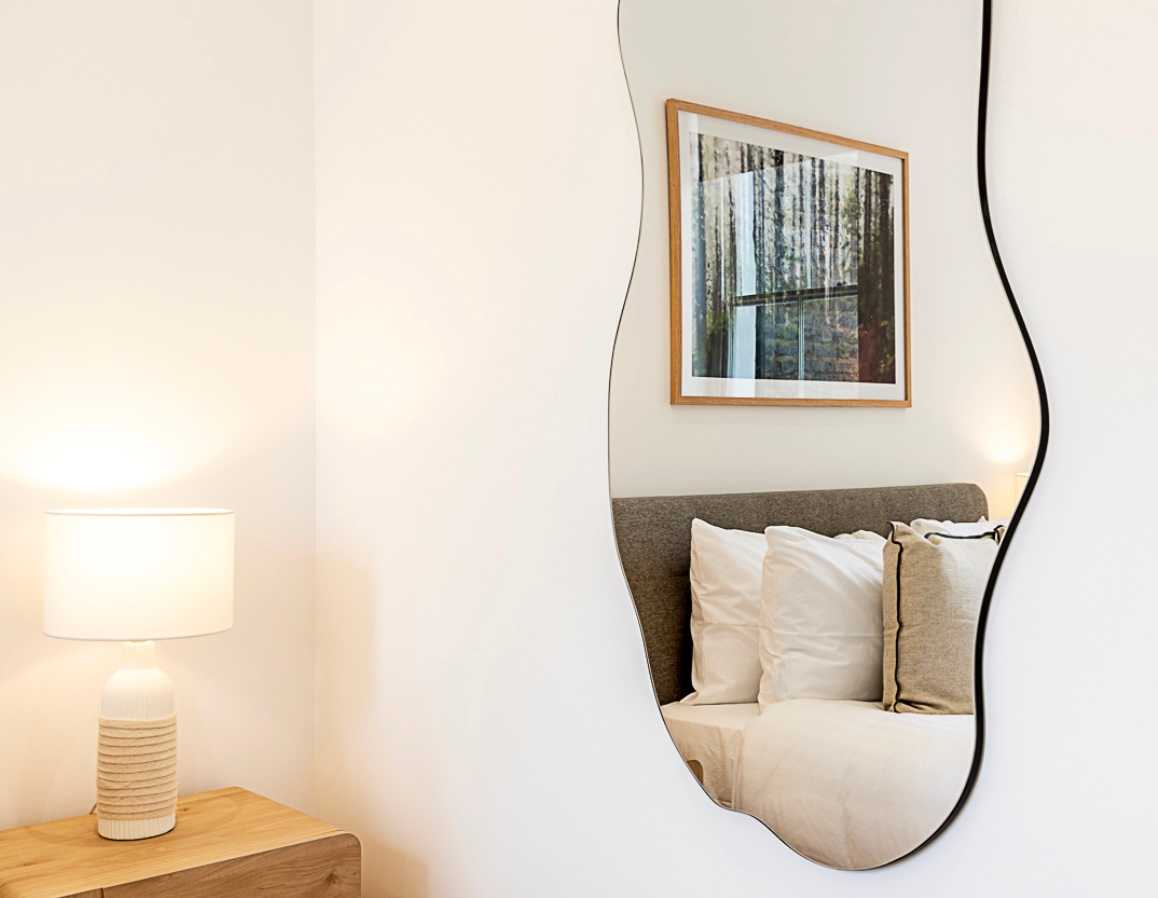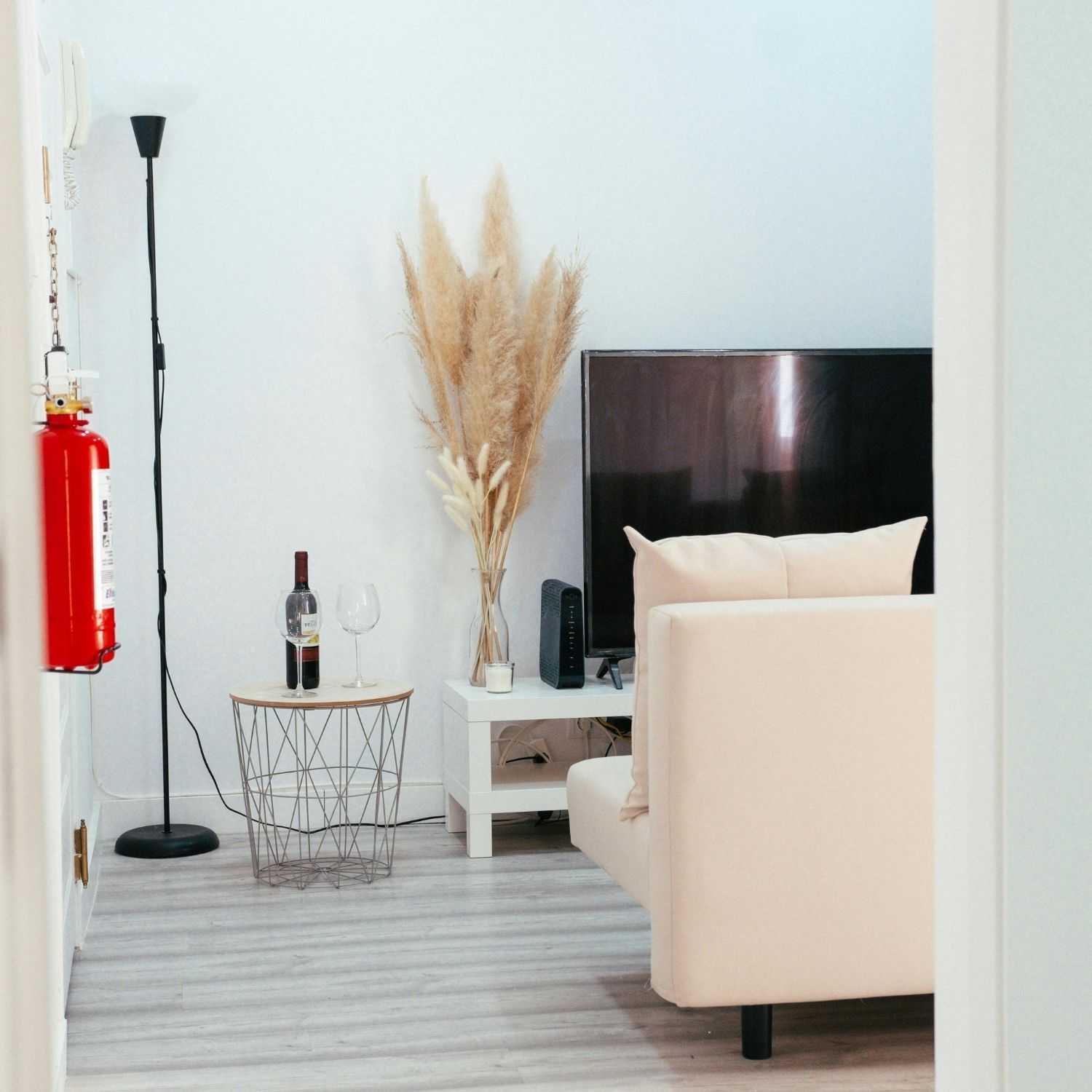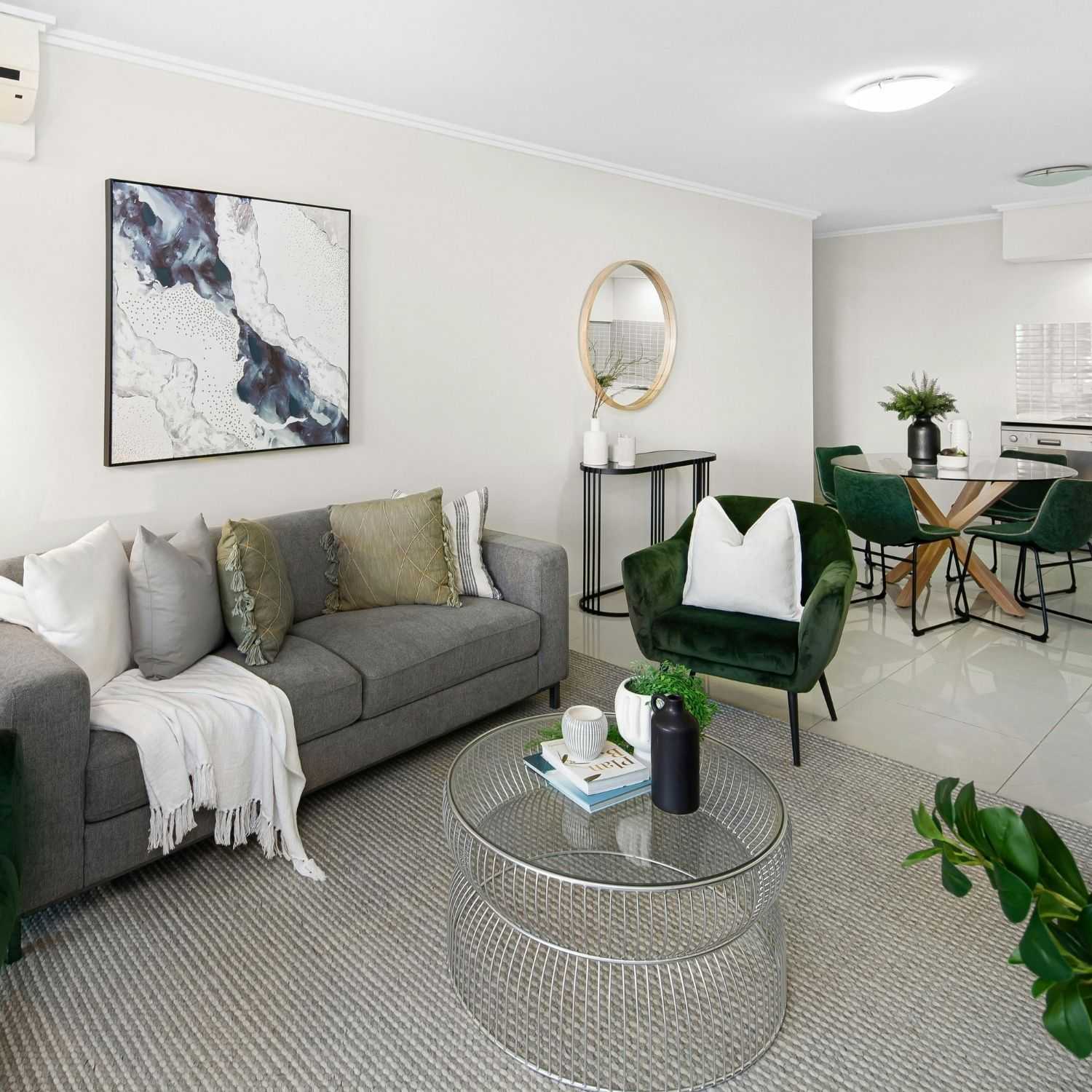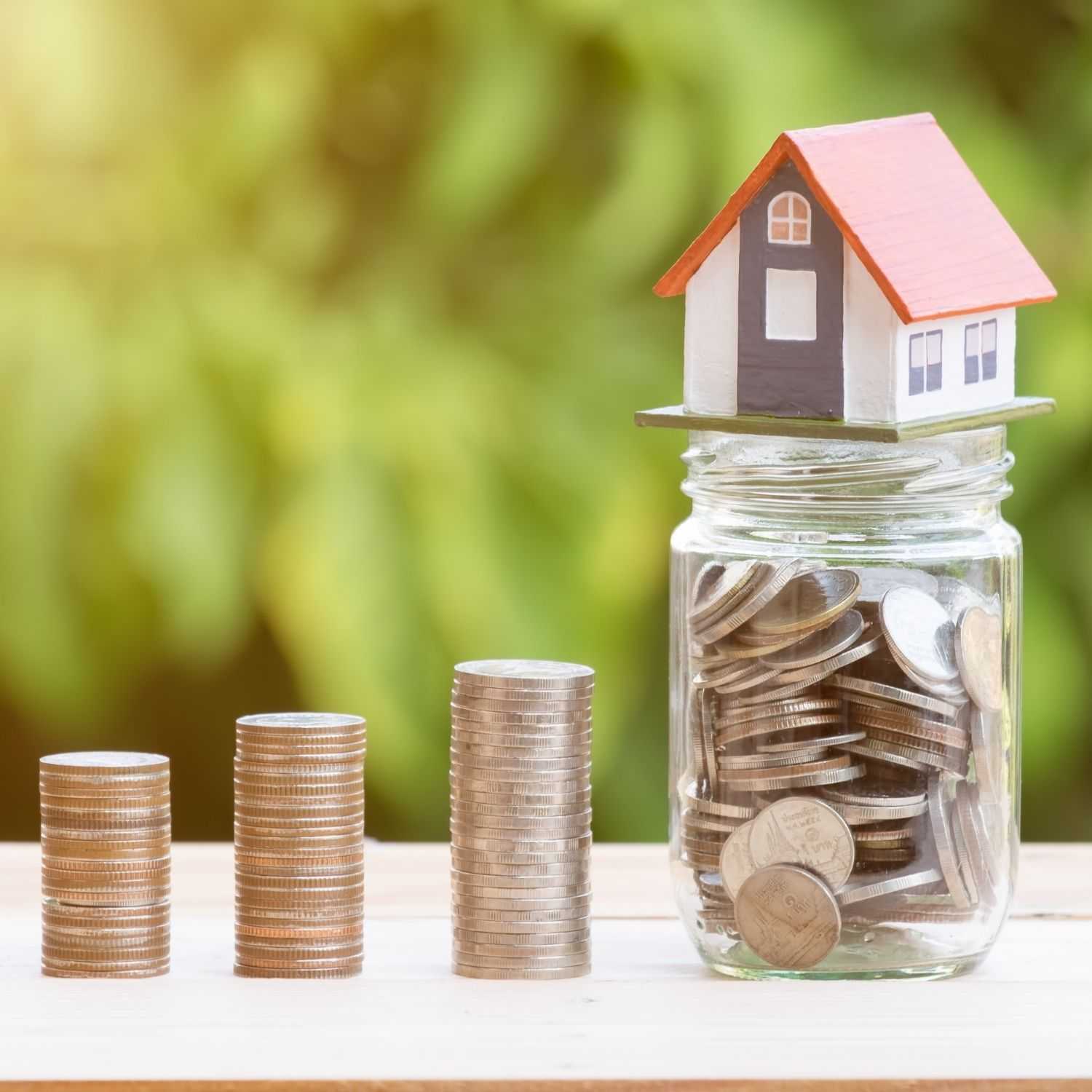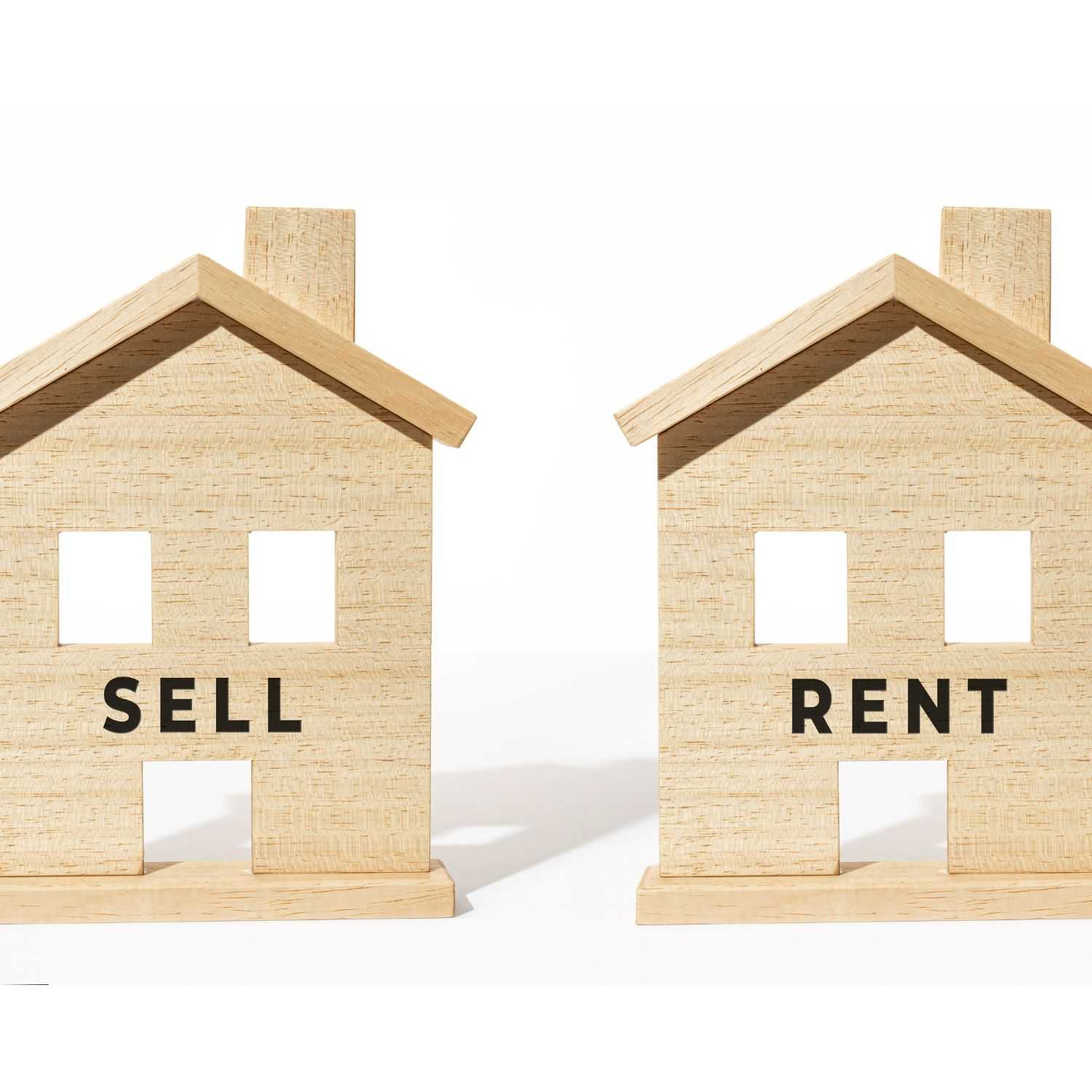Share
A buy-to-let mortgage is a type of housing loan that finances the purchase of a rental property. You won’t get a loan approval if you plan to live in it as your home. But if you are a first-time landlord or a professional property investor, this is the type of housing loan that you can pursue to buy more properties and grow your portfolio in London.
As with other mortgage types, a deposit is needed to finalise the terms of the loan. This deposit or down payment represents a percentage of the property’s value. This is paid upfront in cash while the rest is paid through the mortgage.
For instance, you want to buy a residential property that’s worth £500,000 and the lender requires a 25% buy-to-let mortgage deposit. Before the loan is approved, you need to come up with at least, £125,000 to pay upfront. The rest of the £375,000 will be paid by the buy-to-let mortgage.
The higher the down payment that you can provide, the lower the mortgage that you have to borrow.
In this article, you’ll discover more about buy-to-let mortgage deposits and how you can use them to make smart decisions that will help you invest wisely.
What is a Buy-to-Let Mortgage Deposit?
A Buy-to-Let Mortgage deposit is an initial sum that you have to pay when you’re securing a home loan for a property you want to buy. The amount that you’ll give for your deposit will affect the buy-to-let mortgage deal that you’ll get approved for.
The bigger the down payment, the better deal you can negotiate for your mortgage. Apart from the fact that the home loan or mortgage will be lower, you can also enjoy better interest rate offers from the lender.
It’s a big deal for a BTL mortgage because it’s considered a high-risk loan compared to other residential loans. That means the chances of getting a high-interest rate will be greater.
Why is it a high risk? Since you didn’t buy it as a primary home but a rental property, you’ll be relying on the rental income to pay back the loan. Those who own buy-to-let property assets face challenges like extended vacancies and delayed rent collection. These can compromise your ability to pay back for that buy-to-let property.
How does it differ from Standard Mortgage Deposits?
The difference between the deposit of buy-to-let and traditional residential mortgages is influenced by the very nature of the loan.
First, the payment terms of a BTL loan only require you to pay the interest. The full amount will be paid at the end of the mortgage term. That means you have to be disciplined enough to save up for the payment that you need to make. Some BTL property owners sell the asset to pay back the loan. But if the market conditions lower the value of the property, that could be a problem. Selling the property might not be enough to cover the BTL mortgage you have to pay.
This is one of the reasons why the deposit required for the BTL mortgage is bigger. Where more home loans require a down payment of 20% (some go as low as 5% with certain government schemes), a BTL mortgage requires at least 25%.
Not only that, the interest rate of a buy-to-let mortgage is also higher than the typical property loan. This means you’ll pay more for the duration of the loan. But the good thing is that the deposit can influence this interest. If you can pay a bigger down payment, you can negotiate a better deal with the lender. With a bigger portion of the property value paid off through the down payment, it’ll act like insurance to prove to the lender that you can completely pay off what you owe.
Finally, the downpayment is different from a standard home loan because of the purpose of the BTL loan. You borrow the loan to buy a real estate asset that you can rent out. You won’t be living in it. As mentioned, this is one of the reasons why this loan is considered a higher risk. Although you’ll use the rental income to pay for the loan, vacancy and collection issues might compromise it.
How much should you save for a BTL Mortgage Deposit?
The buy-to-let mortgage deposit requires at least 25% of the property value you want to buy. Before you take out your calculator to compute how much that is, there are a couple of things you need to know.
The 25% is the minimum down payment that you can put upfront. If you want to pay a bigger amount, that would help you get a better deal and interest rate on the mortgage you want to borrow.
If you want to pay a smaller down payment, it’s not impossible, but you have to understand the factors affecting a buy-to-let mortgage deposit first.
5 things are affecting the amount of down payment you have to pay for a buy-to-let mortgage.
Lender’s Criteria
The first factor affecting the BTL mortgage deposit is the lender’s criteria. Some lenders are strict and would require more from you to qualify for a buy-to-let mortgage. These requirements usually involve documents and proof of your ability to pay what you owe. You’ll be asked to show your income statements and maybe some insurance that can guarantee that you can pay the loan.
The more you prove that you can pay the lender back, the lower the down payment that’ll be required from you.
While 25% is the ideal down payment, some lenders will ask you to pay as high as 40% to 50%. This is why before you buy or apply for a BTL loan, do your research. Find out the criteria of different lenders in London so you can compare which one will give you a better deal.
Property Value
The buy-to-let mortgage down payment is also influenced by the value of the property you want to buy. If you notice, the deposit is measured by a percentage rate, not an amount. That means the higher the value, the more cash you have to provide upfront.
So if you want to buy a £500,000 unit, 25% of that is £125,000. A £750,000 property will require a £187,500 down payment. Anything beyond the deposit will be covered by the mortgage that you’ll borrow from the lender.
When you’re looking for a buy-to-let property, use a calculator to determine the potential down payment you have to pay. If you can only afford to pay £150,000, you can’t look for properties that are more than £600,000.
Credit Score
The credit score is another factor that affects your mortgage down payment. With a high credit score, lenders will deem you credit-worthy. That means they can trust that you can pay the buy-to-let mortgage that you’ll borrow to buy a property for letting. They don’t have to ask you to pay a huge deposit to get approved for a loan.
This can even help you get a better deal on your mortgage rate. The high-interest rates are for high-risk borrowers. With a high credit score, you’ll be deemed a low-risk borrower, which leads to a lower interest rate.
How will you know if you have a good score? You can use an online calculator to get an assumption. It’ll give you an idea of what your chances are to get a better deal on your BTL loan.
Expected Income
Another factor affecting your buy-to-let mortgage down payment is the rental income. The lender will assess how much you can expect from the property. This will determine the chances that you can pay back the mortgage through the buy-to-let property earnings.
They’ll use a calculator to make assumptions and if the rental yields are expected to be high, they might allow you to pay a lower down payment.
Financial Circumstances
Finally, the deposit of the buy-to-let mortgage will be affected by your financial circumstances. When you apply for a mortgage, the buy-to-let broker will check details that’ll prove your ability to pay back what you owe. Things like your employment and income stability will be checked and considered.
If you have traditional employment conditions and stable income sources, you’ll find it easier to get approval from a lender. But if you’re self-employed or a freelancer, it might be harder to prove and get a lower deposit with your irregular income.
What are the Types of Buy-To-Let Mortgage Deposits?
The buy-to-let mortgage deposit varies from one lender to another. It’s encouraged that you meet the required amount to ensure that you can get the best mortgage terms.
But in case you don’t have enough deposit for the property you need to buy, there are ways to still get a mortgage approval. Some lenders can tolerate high-risk borrowers – but that usually comes at a cost.
To understand more of this, here are 3 types of deposits that you can expect from a BTL loan.
25% BTL Mortgage Deposit
This is the typical buy-to-let mortgage deposit that borrowers are expected to pay in London. You need at least 25% to get a good deal on the mortgage interest rate, payment terms, etc.
Sometimes, lenders will require you to pay more than 25% especially when you are deemed to be a high-risk borrower. The lender will ask you to pay more upfront as their guarantee that if you don’t pay them back, they already have a sizable down payment from you.
Lower than 25% Deposit
If you have a stable income, an impressive credit score, and proof that you’re a low-risk borrower, you can pay lower than 25% on your buy-to-let mortgage deposit.
But it still comes with a price. You’ll be given a higher rate on your mortgage and you’ll be required to pay various fees. Some lenders may even require you to put up collateral or get a guarantor.
No Deposit
On rare occasions, it’s possible to get approval on a buy-to-let mortgage without paying cash for your deposit. But this could put you at a high financial risk with your BTL transaction.
Although the deposit won’t come from you, it will come from somewhere else and you’ll be responsible for paying that back as well. For instance, some borrowers would get a personal loan. Or they can refinance an existing mortgage to get the funds to pay the required down payment.
The lender will also give you a higher interest rate on your mortgage – so consider your options and weigh the risk carefully.
Be Smart about Buy-To-Let Mortgage Deposits
Part of your investment strategy in the London letting market is getting the right funding for your rental properties. That includes your buy-to-let mortgage deposit. The monthly interest payments will be affected by the down payment you can provide. The more you pay upfront, the lower the mortgage you have to borrow to buy a property for letting.
To ensure that you’re making the right choices about your property, it’s always a good idea to ask an expert about it. Find out the best strategy that you can use to maximise the returns of your BTL property. Get in touch with different mortgage lenders to compare the best rates.
And don’t forget that your ultimate goal is to earn a rental income from your BTL properties. If you want to maximise the earning potential of your portfolio, it’s encouraged that you get in touch with a property management company. They have the expertise to increase the rental income of your BTL unit despite the changing needs of the market.
Do you need advice about your rental properties? Call us so our team of experts can help.



